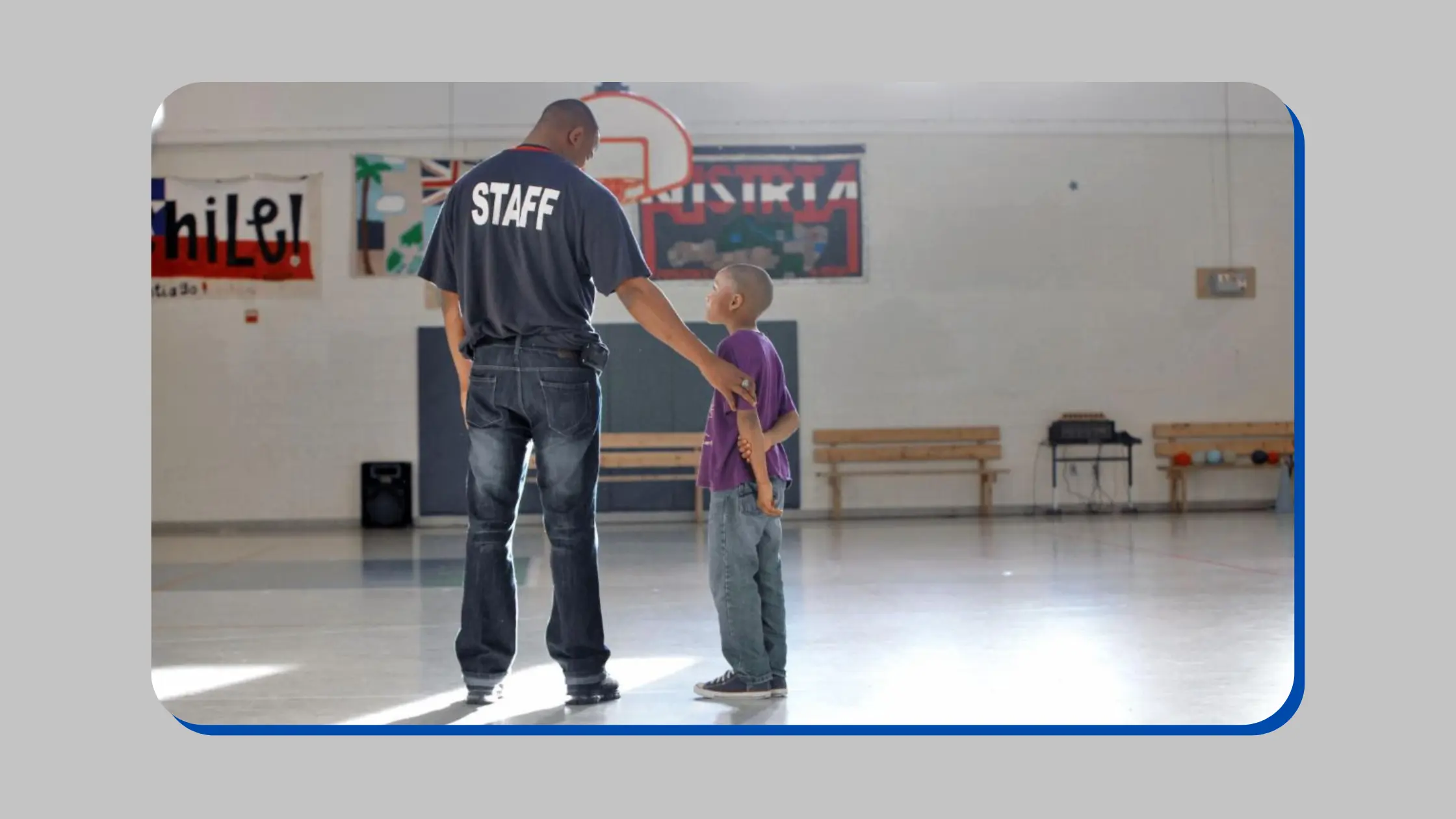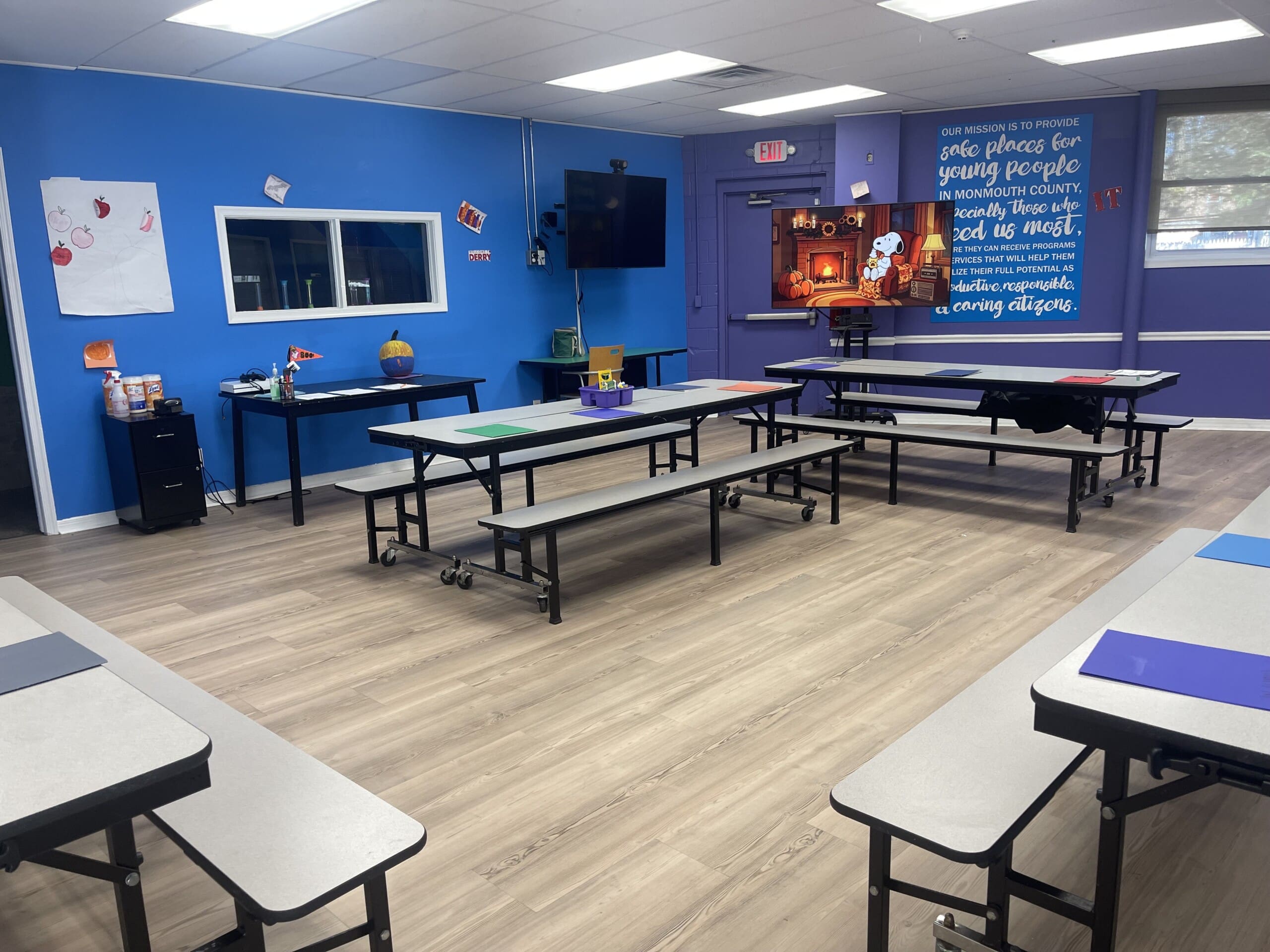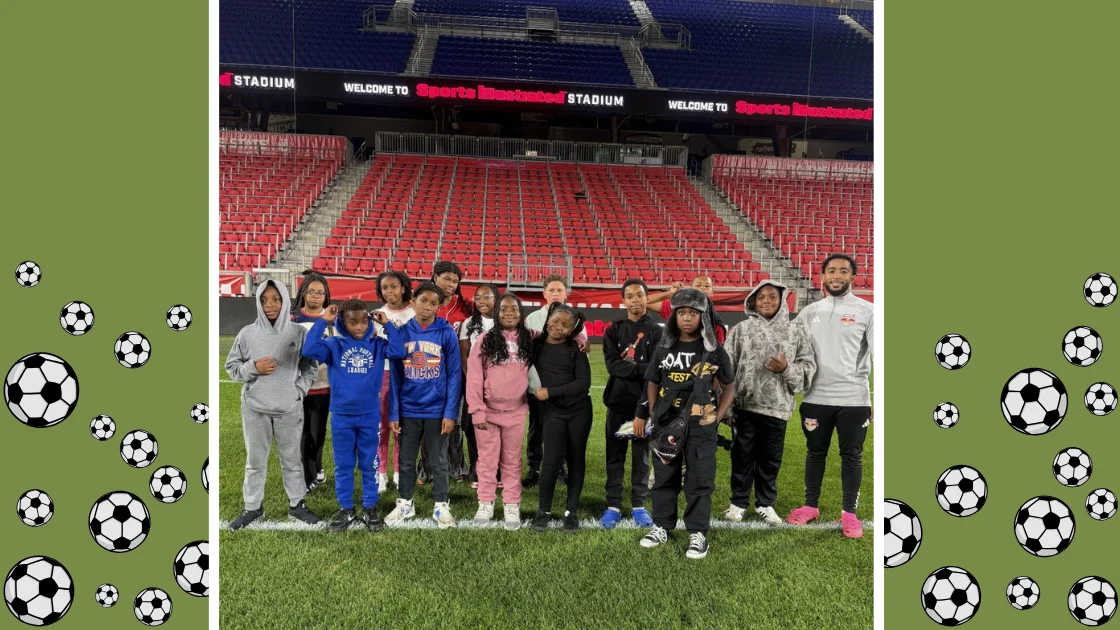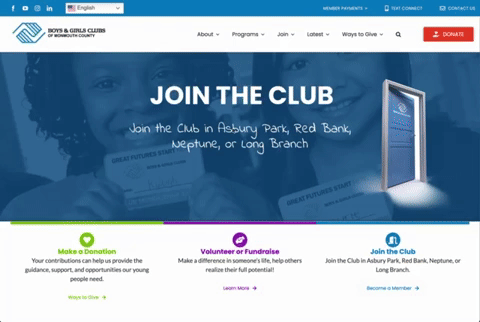After-school meltdowns in young people are nothing new. In recent times, however, parents and guardians have observed an increase in troubling behaviors among children, and the concept of “after-school restraint collapse” has been getting more traction in parenting magazines and on social media. What is it, and how can we support the young people in our lives?
Check out this article from Boys & Girls Clubs of America to learn more about how to identify back-to-school anxiety and what we can do to prevent emotional overload.
Here is an excerpt from How to Handle Afterschool Meltdowns this Back-to-School Season on bgca.org:
Where am I going? Who are my teachers? Will I be able to keep up with the homework? Will my friends be in any of my classes? Who will I eat lunch with? What are people thinking about me? Do I look ok? Am I doing this right?
These are just some of the questions popcorning around a young person’s brain on the first day of school. And while back-to-school butterflies are common, it’s important to notice when a student’s mood shifts from excited to overwhelmed to burned out by the end of the school day.
This emotional overload can lead to afterschool restraint collapse, or afterschool meltdowns, for students working hard to keep up with academic and social expectations at school, only to let loose all their exhaustion and frustration when they’re back home.
So, how can adults help kids and teens relieve back-to-school anxiety and avoid afterschool meltdowns? Turn down the back-to-school pressure with these insights and best practices from Boys & Girls Clubs of America.
Afterschool Meltdowns: Why They Happen
Kids today are feeling stressed. 71% reported to Boys & Girls Clubs of America that when something important goes wrong in their life, they can’t stop worrying about it, and when something does go wrong, they try to keep people from finding out (67%).
Young people especially have a lot going on at school. For up to six hours a day, five days a week, they’re in back-to-back classes, following rules enforced by adults and navigating social situations with peers.
…
To read the article in its entirety, visit bgca.org.
Continue Reading








